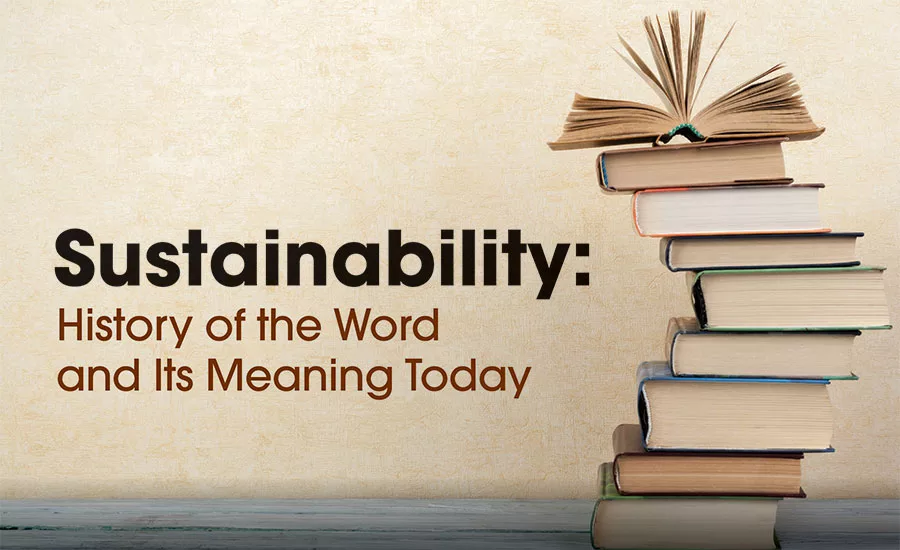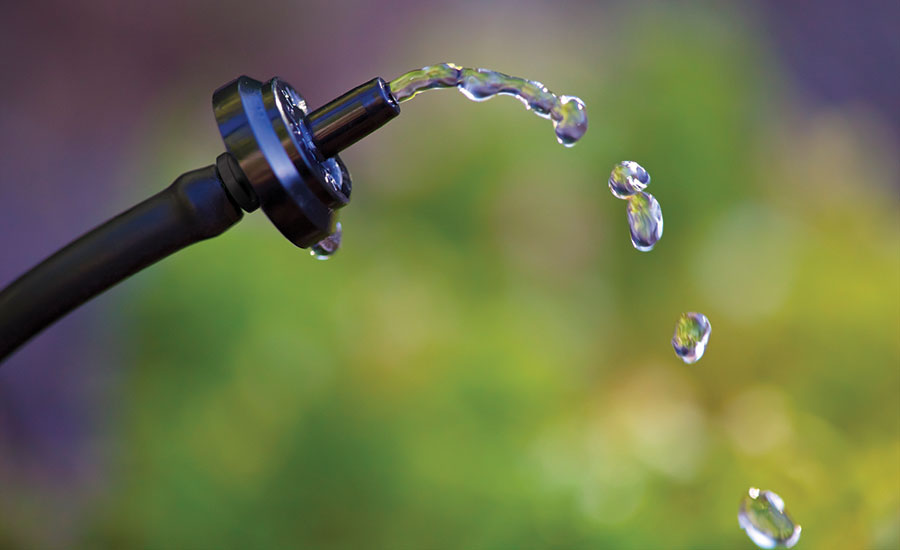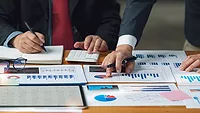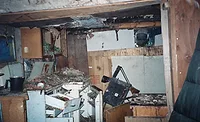Sustainability: History of the Word & Its Meaning Today

Languages and words evolve over time. For those in the restoration and remediation industry, along with cleaning professionals, carpet cleaners, and building managers, there is one word whose meaning seems to have changed three or four times . . . in just the past 25 years! That word is sustainability.
Restoration and remediation professionals need to understand what sustainability means today because it is likely to have a very big impact on their businesses going forward. Some of these impacts are quite favorable: a business that has sustainability initiatives in place tends to operate more efficiently, and efficiency tends to find its way to the bank in the form of cost savings.
But before we go any further, let’s take a look back at what sustainability has meant over the years. You will see, historically there are similarities. But today, the word is definitely marching on an entirely new path.
The Sustainability Timeline
Our historic journey of the word sustainability begins in 1713. A German forestry handbook was written that year and it used a new word: Nachhaltigkeit. In English, the word meant “sustained yield.” It referred to the practice of harvesting just enough trees each year to ensure the forest would naturally regenerate in future years. The term sustained yield found its way into English forestry publications about 100 years later.
In time, Nachhaltigkeit, or sustained yield, referenced more than protecting forests. It soon included the protection of animals, fish, plants, and other items used for food. Accordingly, just enough animals would be hunted and fish caught to ensure future generations of these different species.
Except in technical articles, the word sustainability was rarely used until 1972. That was when a leading magazine of the day began publishing a series of articles entitled Blueprint for Survival.
This series, which involved more than 30 scientists, recommended that to help prevent a breakdown of society, we should live in small, de-industrialized communities. In this case, the meaning of sustainability became quite broad and suggested a change in lifestyle; implementation of population controls; better management of natural resources; and the establishment of “no-growth” economies.

In 1987, the UN’s Brundtland Commission defined sustainability as a concept designed to “meet the needs of the present [generation] without compromising the ability of future generations to meet their own needs.” And by 2005, the World Summit on Social Development changed the meaning of sustainability once again. Now it had three parts:
- Profits: Business profits based on fair business practices
- People: Social commitments to communities and employees
- Planet: Environmental protection; using resources responsibly and reducing our impact on our environment.
So Where Are We Today?
As we referenced earlier, today a key part of sustainability is efficiency. For a remediation or restoration business to operate more efficiently, it must take steps to reduce consumption; limit the use of natural resources; reduce dependence on natural resources; and protect the environment, all at the same time.
Efficiency refers to long-term changes. In a drought, for instance, we may be asked to conserve water—that is, reduce consumption until the drought is over, making this a short-term change. But efficiency has nothing to do with temporary reductions in consumption. It means making lasting changes that help reduce consumption.
Here are some ways restoration and remediation businesses can incorporate sustainability into their business operations:
Water: Unfortunately, many of us still treat water as if it were in endless supply. It is not. Use water responsibly. Use only as much as needed to complete cleaning and restoration tasks; Select tools and equipment designed to use less water, which means they use it more efficiently.
Waste: When selecting new tools, equipment, cleaning solutions, or other items, consider the product’s “end of life.” What’s going to happen to the product when it is no longer needed or useful. Is it recyclable? Can it be used for another purpose?
Chemicals: Select green-certified cleaning solutions whenever possible. These solutions typically are made with no or very few natural resources.
Vehicles: If your vehicles are more than five years old, they are using too much fuel and releasing too many greenhouse gases. Select the most fuel-efficient vehicles available even if they cost more. They will pay for themselves in reduced fuel costs over time. Also, remember to always turn off vehicles when not in use.
Compliance: Comply with all environmental, health, and safety regulations.
Training: Proper worker training applies both to sustainablity as well as an efficiency issue. Well-trained workers perform their jobs safer and more effectively. This helps reduce labor costs, one of the largest expenditures for restoration and remediation professionals, and improve worker productivity. Further, the training instructs them on ways to use natural resources more sparingly along with ways to reduce waste.
Vendors: Work with suppliers and distributors that are sustainability-focused. They can suggest new ways to help your business operate more sustainably, reducing waste and consumption. Plus, a “sustainability camaraderie” is created. When you are all on the same sustainability team, it’s easier to incorporate sustainablity initiatives into your business operations.
Impacts: Consider the environmental impacts of restoration and remediation practices. For instance, when deciding if something can be restored or not, along with considering time, costs, and charges, add sustainability into the equation. If a project will require very large amounts of water, energy, fuel, and chemical to perform, it may be more practical and have less impact on the environment to suggest it not be restored.

Many of the items mentioned here will result in cost savings. However, one of the biggest benefits of incorporating sustainability initiatives into your business is that it can open doors.
We mentioned that it is a good idea to align your business with vendors that have their own sustainability initiatives in place. Many major organizations now take this a step further and require this of their vendors. They ask vendors to fill out disclosure forms, verifying what steps they have taken and plan to take to operate more sustainably.
They then use this information to select “sustainability partners.” Not only does this open doors, but it can also put you and your business way ahead of your competitors.
Looking for a reprint of this article?
From high-res PDFs to custom plaques, order your copy today!







